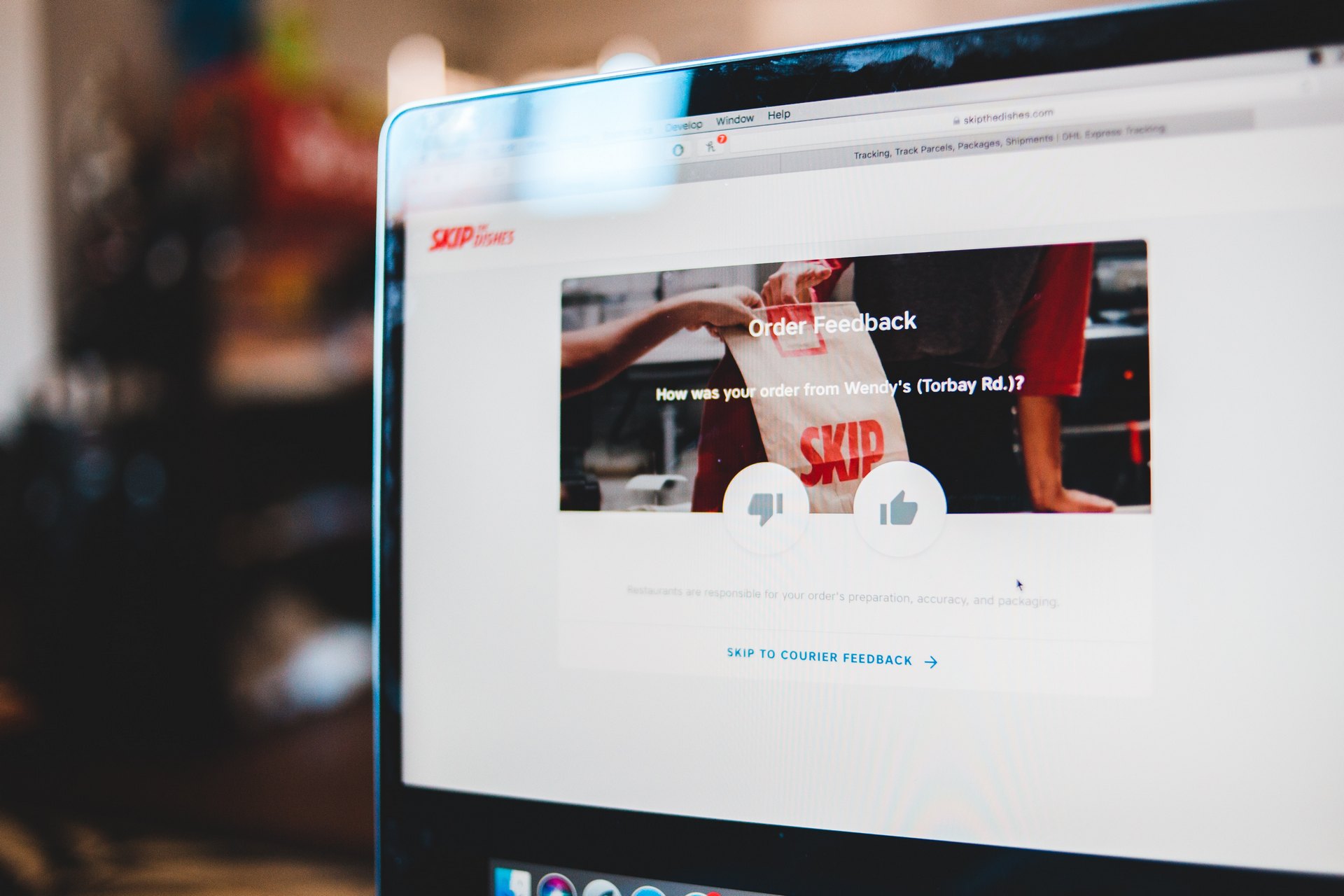It’s best to do this a month before the event. Don’t neglect the design and ask a designer to help.
In the meeting, specify the place and time of the start, the topic of the conference, who it will be useful to. Before inviting people, make at least three posts, remembering to accompany them with pictures:
Write basic information about the event. Don’t be afraid to repeat yourself and tell what’s going on here in general.
Talk about the organizers, i.e. your company.
Again, write briefly about the event, invite people to join and ask for reposts.
In addition, in each post, you should give a link to the registration form. The number of people who sign up is usually closer to the number of actual guests than the number who check in at the meeting.
In the fields on the form, ask for the person’s first name, last name and occupation, phone number, and email address. Be sure to state on the form why you are asking for a phone number. There’s a non-obvious tip: you can send them a reminder text message a day or two before the meeting. It’s not hard to do, and the likelihood that the message will be read is high.
Once you have collected the participants’ emails, you can do a mailing list after the event: attach links to presentations and useful materials from the speakers. This will give a plus 50 to the PR of your company, because you have sent useful content.
Look for public relations admins you know, who might repost your conference post. Write to other IT companies and the organizers of similar events in your city. Don’t be shy – if they refuse you, you won’t lose anything, and your doubts will only steal your time.
Do you have a list of speakers? Great! Tell us about them in the group. About each speaker – a separate post with his pre-agreed photo, a link to his social networking profile, the story about him and his report. Remind your readers that this person can be heard at your conference on such-and-such date, and include the link to register.
Another way to spread the word about the event and encourage discussion is to start a Telegram feed or chat room. It’s convenient for communicating after the event, distributing the promised materials and collecting feedback. It’s also easier for participants to contact you directly.







